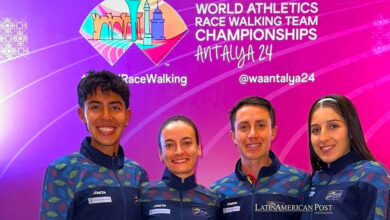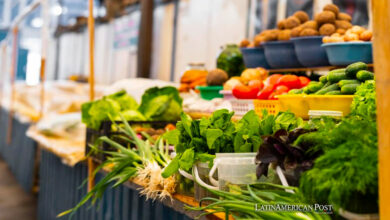Environmental controversy: in Colombia it is legal to sell Cayman Islands’ skin
Listen this article
The government authorized the commercialization of this skin. However, different sectors have expressed their concern and disagreement

The government decided to partially lift the prohibition to trade with Cayman Islands. The decision was not well received by the environmental community, as this species has been threatened by hunting for several decades.
Leer en español: Polémica ambiental: en Colombia se puede vender la piel del caimán aguja
Since 1969, this species has been in danger, but it was not until 1986 that it was determined that this species was in danger of extinction. The Cayman, whose scientific name is crocodylus acutus, has recovered and its status has improved to vulnerable over time. For this reason, authorizing its trade seems a setback in terms of environmental protection.
However, despite the environmental concern that has arisen, the decision was made based on studies that prove that the species is already in balance. The measure, established by the Directorate of Forests, Biodiversity and Ecosystem Services of the Ministry of Environment and Sustainable Development, corresponds to these studies and to a recovery work that was carried out with the community where hunting was authorized.
According to El Tiempo, the measure will be effective in the mangroves of Cispatá Bay, Tinajoes, La Balsa and surrounding areas, in the department of Córdoba. In a statement from the Humboldt Institute, it is explained that "the partial lifting of the ban on the Cyman Islands population will be exclusive and restricted to their eggs and within the Integrated Management District of Cispatá Bay. The harvest is authorized exclusively to local communities in the area, authorized by the Regional Autonomous Corporation of the Sinú and San Jorge Valleys (CVS) and in the Specific Management Plan, and will be restricted to individuals or entities".
You may be interested: Myths and realities: 5 beliefs about the environment
Why was the decision made?
Allowing the commercialization of this species, in fact, is part of the recovery of it. El Colombiano interviewed Nelsón Rosales, an inhabitant of Córdoba, who 20 years ago was hunting this animal.
Rosales explains that, although he and his companions did not kill the animals, they did deliver them to third parties for other purposes. The article tells that after a census carried out from 1994 to 1997, it was found that only 250 specimens remained in Colombia. So the biologists Giovanni Ulloa and Clara Sierra undertook a difficult task: "to convince the hunters, like Nelson, to stop being the enemies of animals and to become their conservatives".
Although the mission was not easy, the process was facilitated when it was explained to the hunters that in the long term they could re-market this animal if the community demonstrated the recovery of the species.
Read also: Latin America to the rescue of the jaguars!
"The process has allowed crocodiles to overcome the greatest danger of extinction and more than 21,000 eggs have been collected. It is estimated that the total population can be close to 11,700 specimens. The conservation initiative has been an example for the world", said El Colombiano.
Being able to commercialize this species responds to the authorization of CITES, the Convention on International Trade in Endangered Species of Wild Fauna and Flora, which ensures that sustainable use can be made.
For its part, the Humboldt Institute will monitor the collection activity of the community and will only be on specific dates when "sustainable use" of this species can be made.
LatinAmerican Post | Marcela Peñaloza
Translated from "Polémica ambiental: en Colombia se puede vender la piel del caimán aguja"




